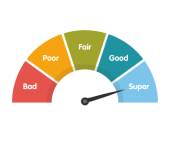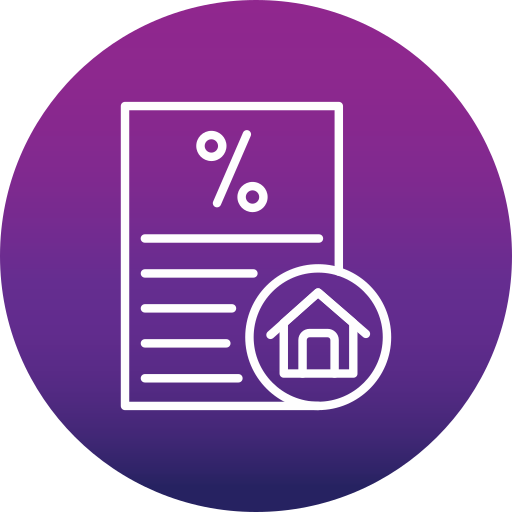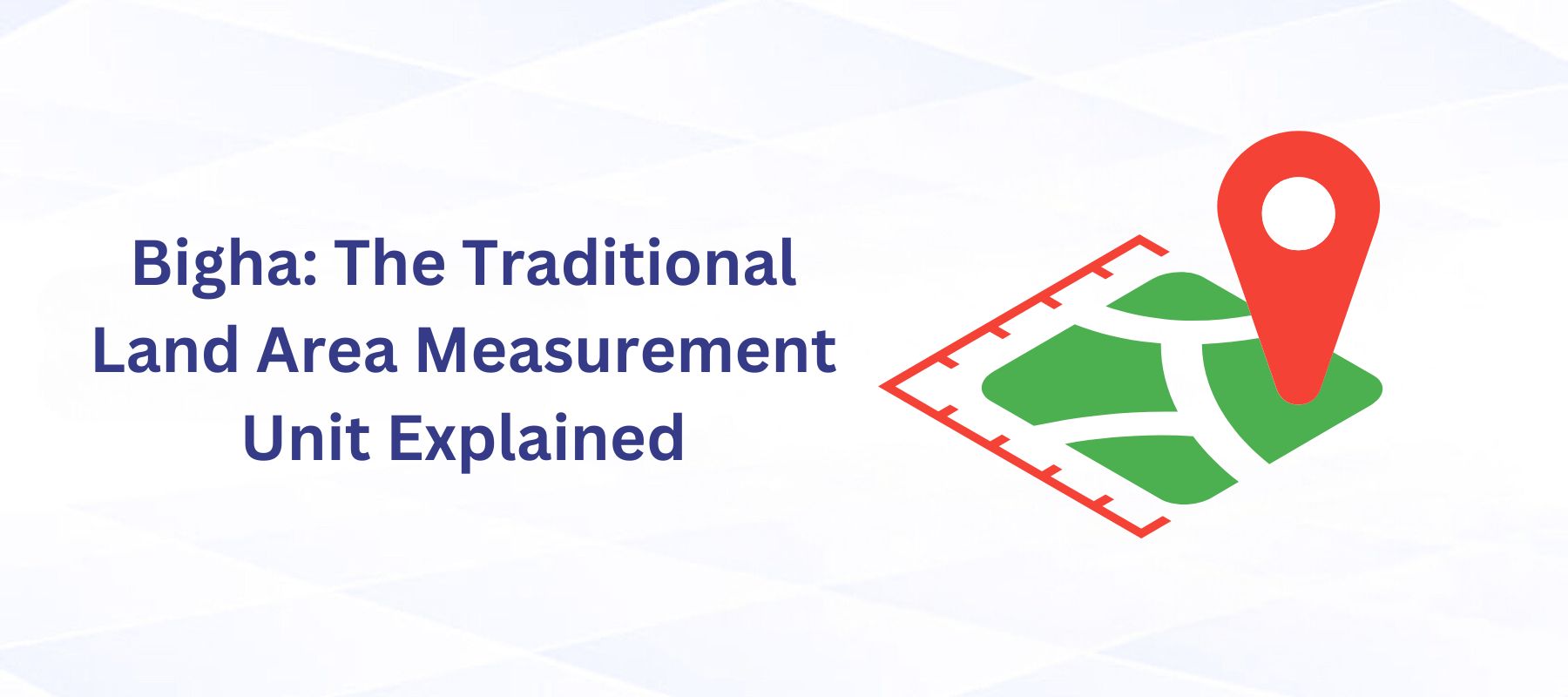Special Offers




Special Offers




11-Dec-2024 | Home Loan

Land measurement plays a crucial role in agriculture, real estate, and legal records. In many South Asian countries, traditional units like the Bigha continue to hold significance. This article delves into the origins, uses, regional variations, and the ongoing transition to modern measurement systems.
The Bigha is a traditional unit of land measurement commonly used in India, Bangladesh, and Nepal. With no standardized size, the measurement varies significantly across regions, making it a fascinating yet complex unit to understand. Historically, Bigha was a practical solution for local communities to measure and manage agricultural land.
The origins of Bigha trace back to ancient South Asian practices. Before the introduction of modern units like the acre or hectare, landowners and farmers relied on Bigha to calculate land for cultivation, taxation, and trade. Over time, it became deeply rooted in the cultural and economic fabric of these regions.
One of the defining characteristics of Bigha is its variability:
Northern India: Commonly used but differs in size from state to state.
Eastern India: Widespread in states like Bihar and West Bengal, often with specific sub-units.
Bangladesh: Standardized under British rule at 14,400 square feet (1,340 square meters).
Nepal: A Bigha equals about 6,772.63 square meters, with local variations.
The lack of a universal standard poses challenges in converting Bigha to globally recognized units like square feet or acres. For instance:
1 Bigha in Assam = 14,400 square feet.
1 Bigha in Bihar (Patna region) = 20 Katha or 27,225 square feet.
1 Bigha in Nepal = Approximately 6,772.63 square meters.
These variations highlight the need for region-specific knowledge when working with Bigha.
The concept of Bigha adapts uniquely across Indian states:
Assam: 1 Bigha = 14,400 square feet, further divided into Katha and Lessa.
Bihar: Widely used with notable variations, such as 1 Katha = 1,361.25 square feet near Patna.
Himachal Pradesh: 1 Bigha = 8,712 square feet, with five Bighas equaling one acre.
Punjab: 1 Bigha = 4 Kanal, or half an acre.
Rajasthan: Known for "Pucca" (27,225 sq ft) and "Kaccha" (17,424 sq ft) Bighas.
Uttar Pradesh: The size ranges from 6,806 sq ft in Western UP to 27,225 sq ft in Purvanchal.
Standardized during the British era, one Bigha in Bangladesh is equivalent to 14,400 square feet. Land transactions still rely heavily on this traditional unit, reflecting its enduring relevance in rural areas.
In Nepal, a Bigha covers approximately 6,772.63 square meters and is primarily used in the Terai region. It is subdivided into 20 Katha, each further divided into 20 Dhur. This system is particularly helpful for measuring agricultural land.
Bigha plays a pivotal role in agricultural economies. Farmers use it to measure plots, negotiate land prices, and divide property among heirs. The simplicity of Bigha aligns with traditional practices, ensuring its sustained usage.
Despite the gradual shift to metric units, real estate transactions in rural areas often cite land measurements in Bigha. However, urbanization and modern record-keeping are pushing for metric standardization.
Cultural relevance: Familiarity with the unit among local communities.
Ease of communication: Simplifies land discussions in rural contexts.
Lack of uniformity: The size of a Bigha varies across and within regions.
Modern compatibility issues: Difficulties arise when integrating with international systems.
With urbanization and technological advancements, metric systems are replacing traditional units like Bigha in official records. However, the sentimental and practical value of Bigha ensures its continued use in certain sectors.
The Bigha is more than just a land measurement unit—it is a symbol of tradition, culture, and practicality. While the push toward standardization grows, the Bigha's role as a bridge between the past and the present remains undeniable.
What is the standard size of a Bigha?
There is no standard size; it varies regionally, from 6,805 sq ft to 72,880 sq ft.
Why does the size of Bigha vary across regions?
Historical and local practices led to diverse definitions of Bigha.
How can I convert Bigha to square feet or acres?
Conversion depends on the region; e.g., in Assam, 1 Bigha = 14,400 sq ft.
Is Bigha still a legal unit of measurement?
In most areas, official records use metric units, but Bigha remains popular in informal transactions.
How is Bigha measured in Nepal?
One Bigha = 6,772.63 sq meters, subdivided into 20 Katha and further into 20 Dhur.
Why is Bigha commonly used despite the adoption of metric units?
Its familiarity and simplicity make it practical for rural communities.